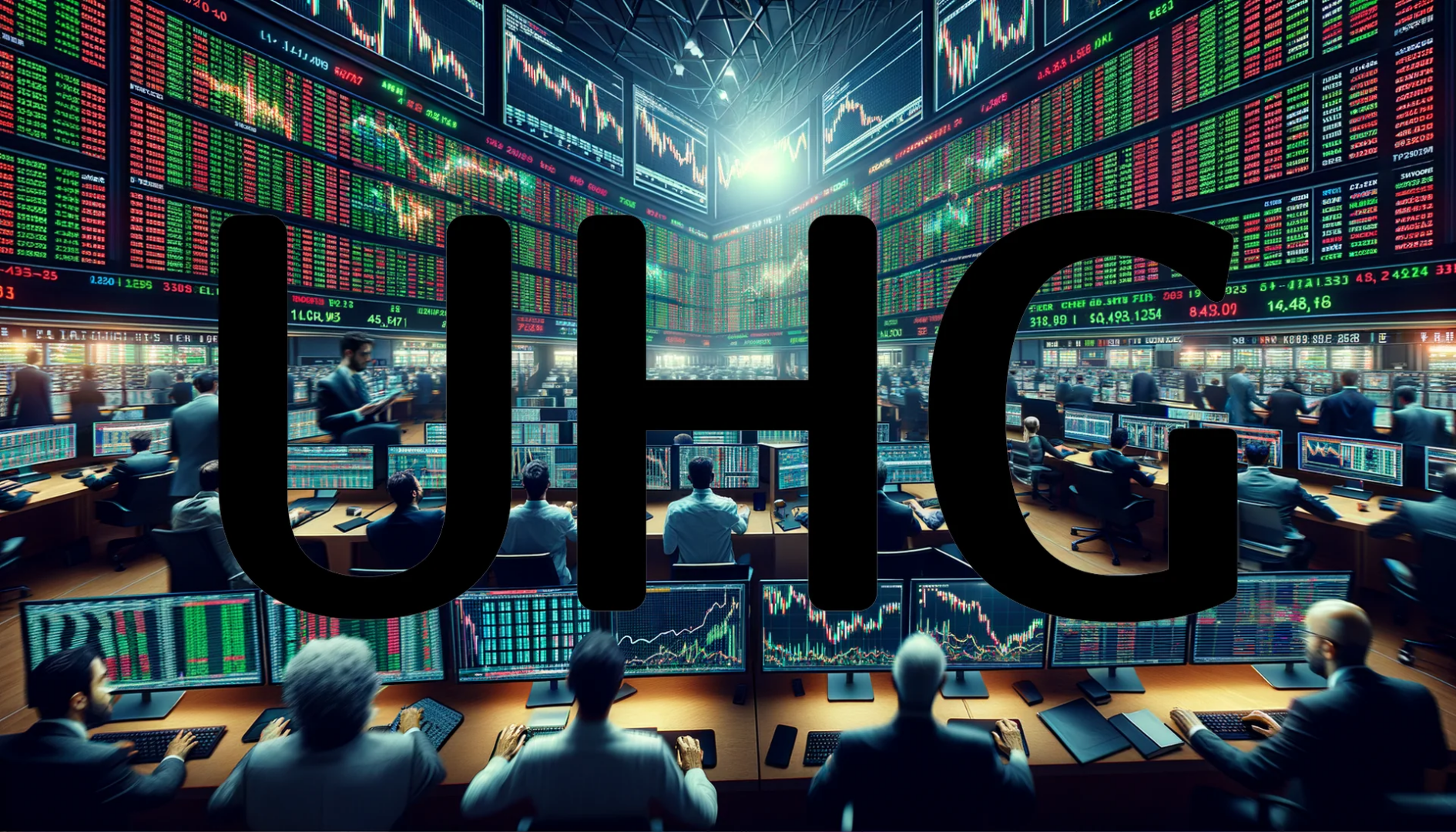Walgreens Boots Alliance has officially concluded its tenure as a publicly traded company following its full acquisition by private equity firm Sycamore Partners. The transaction, which was finalized before market open on August 28, 2025, marks a significant shift for the pharmacy giant and removes its shares from public trading venues.
Transaction Details and Shareholder Impact
The final day of trading for Walgreens stock on the Nasdaq exchange was August 27, 2025. As part of the privatization process, shareholders received a cash payment of $11.45 for each share they held. Concurrently, the company was removed from major market indices including the S&P 500 and the S&P Global 1200 Index, effective immediately upon the deal’s completion.
All remaining options contracts reached their expiration on September 19, 2025, through an accelerated settlement process. These derivative instruments were cash-settled based on the acquisition price, effectively terminating all existing financial obligations tied to the company’s equity.
Financial Pressures Behind the Move
This transition to private ownership concludes a period of substantial operational challenges for the retail pharmacy chain. Walgreens had been navigating difficult market conditions within the pharmaceutical sector alongside a weakening U.S. consumer economy.
Should investors sell immediately? Or is it worth buying Walgreens?
The company’s financial performance highlighted these struggles, with third-quarter 2025 results showing a loss of $0.20 per share—a significant reversal from the $0.40 per share profit recorded during the same period the previous year. These ongoing difficulties forced management to substantially lower its full-year adjusted earnings per share guidance prior to the acquisition.
Strategic Shifts Under Private Ownership
With Sycamore Partners now at the helm, Walgreens is implementing comprehensive operational changes designed to improve profitability. These measures include previously announced closures of underperforming retail locations to reduce operational costs.
Simultaneously, the company is expanding its product offerings to include party supplies—a strategic move aimed at increasing customer loyalty and capitalizing on market opportunities created by the disappearance of other retail chains. Operating outside the scrutiny of public markets, Walgreens now faces the challenge of demonstrating it can successfully execute this new strategic direction without quarterly reporting obligations.
The acquisition represents both an end to Walgreens’ public market struggles and the beginning of its next chapter as a privately-held enterprise.
Ad
Walgreens Stock: Buy or Sell?! New Walgreens Analysis from December 20 delivers the answer:
The latest Walgreens figures speak for themselves: Urgent action needed for Walgreens investors. Is it worth buying or should you sell? Find out what to do now in the current free analysis from December 20.
Walgreens: Buy or sell? Read more here...










